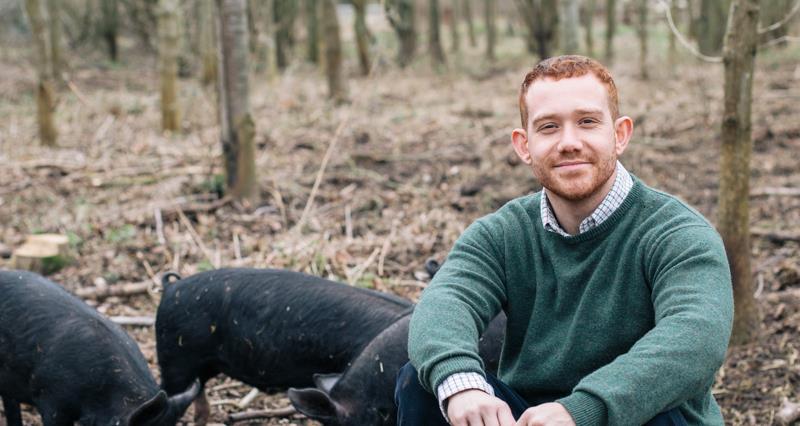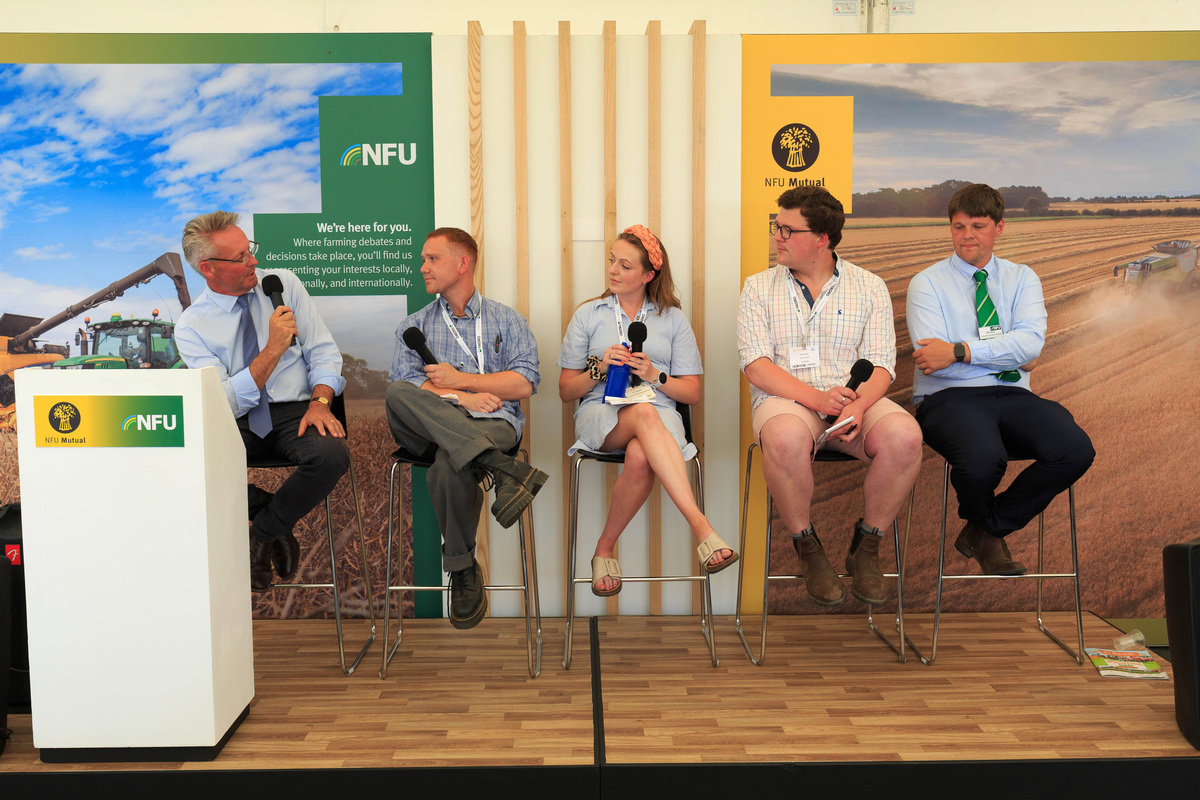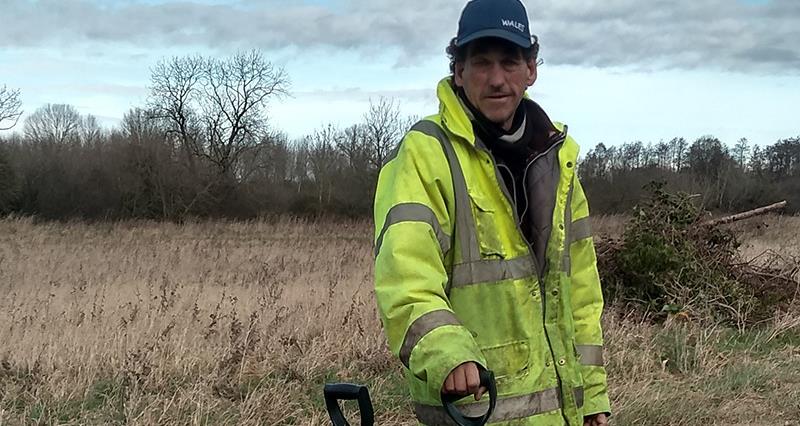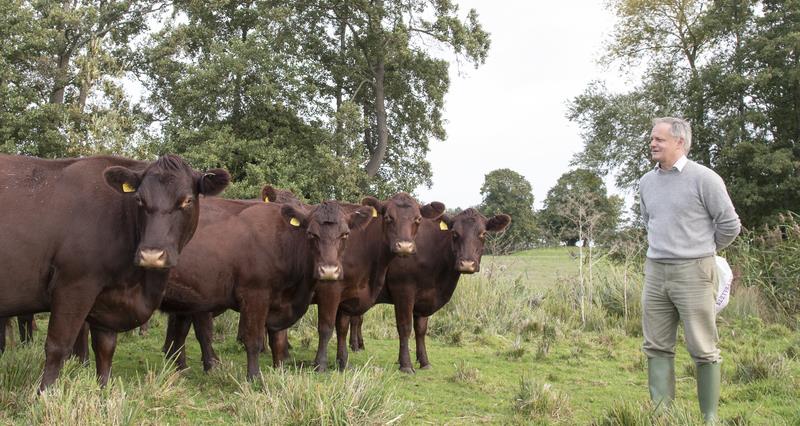Since I moved back to my family farm two years ago, I’ve been muddling through books and muddling through fields trying to get a grip on regenerative agriculture. What is it? How does it work? Does it work? Finally, I feel I’m beginning to cultivate an understanding of farming’s new hot topic and I thought I should share what I’ve learned so far.
What is regenerative agriculture?
Regenerative agriculture is a system based on five key principles. Minimising soil disturbance, broadening crop rotations, integrating livestock, increasing biodiversity and using cover crops. Gurus of the movement will remind you that all five of these principles are of equal importance and that missing a step will dramatically reduce the success of the outcome.
If this sounds slightly dogmatic, it’s probably because it is – this is one of the main arguments that’s putting farmers off joining the movement.
Boosting the bottom line
What pulled me towards changing our farming system wasn’t the burning desire to improve the environment but the burning desire to improve the bottom line. It’s incidental that this system promises to do both.
My farm is predominantly an arable enterprise. We grow for commodity markets so, by definition, our aim is to find the optimal point between producing the highest yield while producing it for the lowest cost and at the lowest risk.
I feel in the short time that I’ve been farming, those parameters have dramatically shifted. Input costs are through the roof and selling prices all over the place. It seems natural that I need to reduce my costs and risk because I can’t control the end sale price. Regenerative agriculture helps me quantify my goals.
My view is that carbon is cost. Carbon is labour, it’s fuel, it’s fertilisers and it’s sprays. If following these principles can reduce all of those without dramatically affecting my yields, it’s probably worth a try.
From theory to farm
"My view is that carbon is cost. Carbon is labour, it’s fuel, it’s fertilisers and it’s sprays. If following these principles can reduce all of those without dramatically affecting my yields, it’s probably worth a try."
Student & Young Farmer ambassador Tom McVeigh
So now that we’ve ascertained that regenerative farming is the answer to all of our problems (maybe it can cure my dyslexia?); how can we successfully implement it? Ah. Not so easy. I’m two years in and I’ve hardly started. I’ve learned that changing a farm business requires a vast amount of organisation and careful planning – I have little experience with either.
I still believe in taking this route, though, because I believe in the logic. If you reduce your cultivations, you need cover crop roots to do them for you. To utilise cover crops you need a broad crop rotation, and a broad rotation will in turn reduce the weed burden you’ve created by reducing cultivations. It does make sense. Add in organic manures and the process is accelerated – but still don’t expect to see many results within the first five years. These years are referred to as ‘the transition’. I feel like I might be transitioning forever.
Next generation
I also think that as a generation, what we lack in experience we make up for with enthusiasm. I was lucky enough to discuss this topic on the NFU Live panel at this year’s Cereals event with my fellow ambassadors Mike Wilkins and Emily Marshall, and Will Oliver, NFU Combinable Crops Board appointee, who farms over 2,000 acres in Leicestershire.
I left feeling inspired and motivated because some of my peers are already making great successes in taking these steps. We spoke for an about an hour and covered a huge amount of ground, while NFU Vice-president David Exwood steered the discussion onto all of the poignant challenges facing farming today.
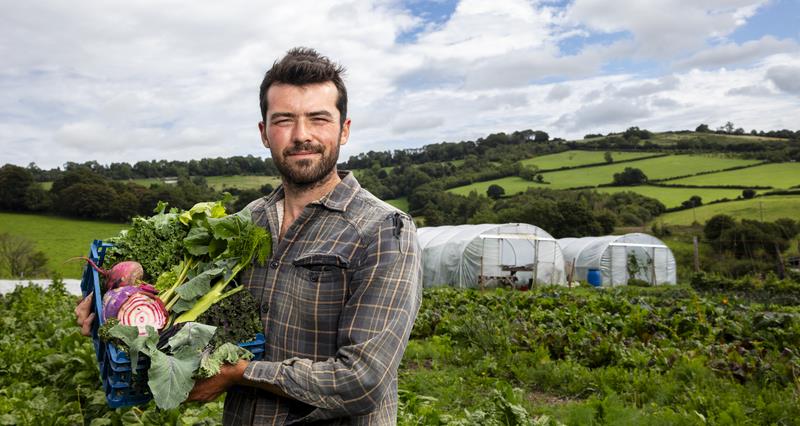
It feels to me that in the face of the vast amounts of change within agriculture – from policy, to climate, to technological advancements and price volatility – that the risk really isn’t in changing, but the risk is in not changing.
Whether we believe that regenerative agriculture is the solution for farming’s future is up for debate. However, I think it’s becoming clearer and clearer that the conventional alternative offers little in terms of solutions, excitement or stimulation for the next generation of farmers.

